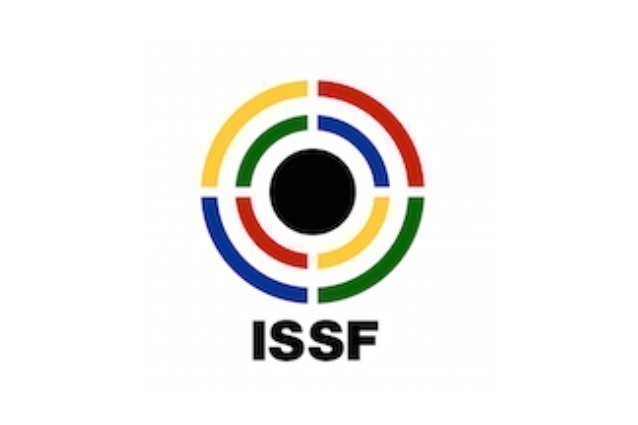|
On March 29, 2022 the World Anti-Doping Agency (WADA) released the results of its Athlete VulnerabilitiesResearch Project, which included a survey that was conducted between April and May 2021 to increase understanding of the factors that may make athletes more vulnerable to inadvertent or intentional doping.
Published by WADA with the endorsement of the Agency’s Education Committee and Social Science Research Expert Advisory Group, the Descriptive Report on Sport Stakeholders’ Beliefs about Athlete Doping Vulnerabilities and Related Factors analyzes survey answers provided by 574 respondents (355 sport organization personnel and 219 athletes), representing 85 countries and 59 sports in total.
The aim of the survey, conducted in collaboration with Canada’s Université de Sherbrooke Research Chair onAnti-Doping in Sport, was to gather insight from those engaged in sport as to the types of athletes who may be more vulnerable to doping and the factors that contribute to causing vulnerability; and, as a result, to allow International Federations (IFs) and National Federations (NFs) to be more proactive in their protection of vulnerable athletes. The results will also help WADA identify specific areas for further investigation and research.
Nine vulnerability factors were identified as ‘most important’ by both athletes and sport personnel, highlighting the need for education programs that cover a broad range of topics and provide support to athletes through varied means. Here are some noteworthy take aways from the Project:
ØNutritional supplements were considered the leading area of concern by most sport personnel, while athletes pointed to the physical demands of sport and the need for quick physical development and performance improvements. See Previous IPODs on the risks of taking supplements: Microsoft Word - 5th edition.docx (issf-sports.org).
Remember:
·The risks of taking supplements should be weighed against the potential benefit that may be obtained, and athletes must appreciate the negative consequences of an Anti-Doping Rule Violation as a result of taking a contaminated supplement.
·Use of supplement products that have been subjected to one of the available quality assurance schemes can help to reduce, but not eliminate, the risk of an inadvertent doping infringement.
ØInternational-level male athletes were identified as being most vulnerable to intentional doping and inadvertent doping.
ØCoaches were deemed to be the most influential personnel along the athlete pathway, particularly at the elite levels, an indication of the need for education programs for coaches that provide them with accurate, up-to-date information and advice they can pass along to their athletes. In addition, this highlights that coaches may be best placed to identify vulnerable athletes and be able to intervene, if given the tools and strategies to do so.
Note:Anti-Doping education is now a mandatory element to obtaining and maintaining an ISSF Coach Licence.
ØEducation was considered the most effective way to support athletes who may be vulnerable to doping, along with support beyond traditional education programs, such as nutritional and psychological support.
WADA Education Director Amanda Hudson said: “
“We share this report in our efforts to share research outcomes with the clean sport community, and we are grateful to those who took the time to respond to the survey. Athlete vulnerability is something we all need to be more conscious of, investing in programs that can better protect athletes during these times.”
If you want to read the report, it can be downloaded here: Descriptive Report on Sport Stakeholders’ Beliefs about Athlete Doping Vulnerabilities and Related Factors
|

